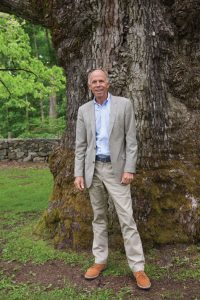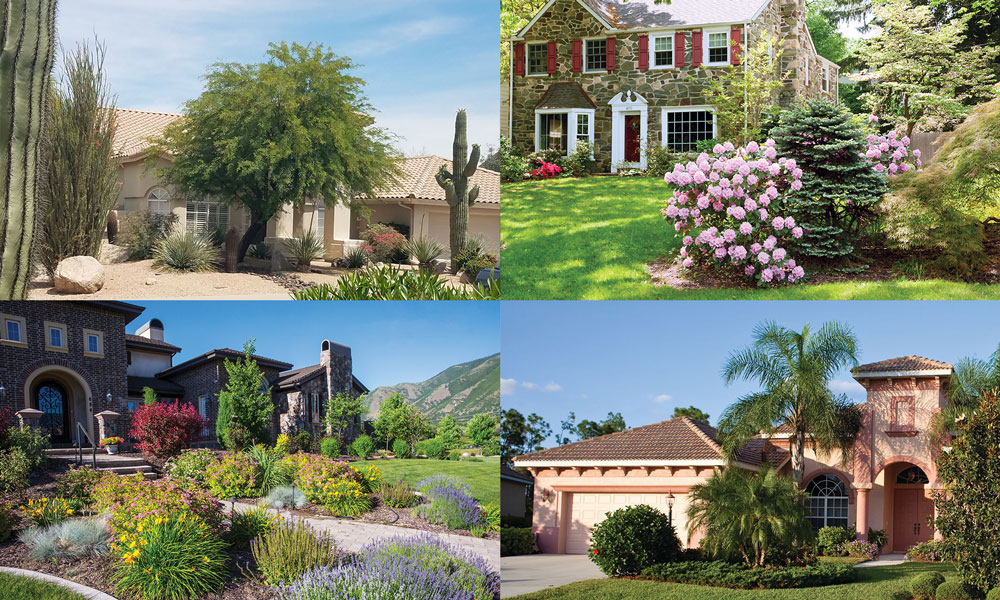Tips From The Top
by Daniel van Starrenburg, President
Tree Preservation through the Ages

If you think of tree preservation as a recent concept, you may be surprised to learn that in Sweden it can be traced back to the rule of King Gustav Vasa in 1658.
At that time, all oaks were declared to be the property of the King and strict laws were enacted to protect them from harm or destruction. Penalties were severe for those who broke the law; at times the crime was even punishable by death. The reason: oak timber was used for the construction of navy ships, so these trees served a critical military function. Recently, I had the opportunity to visit some of these ancient oaks during a family visit to Stockholm and it was an incredible sight.
Today, trees are still protected, but for very different reasons. In addition to sheer beauty and aesthetics, trees provide numerous environmental, social and community benefits. Buoyed by an intensified interest in sustainability, the wide variety of environmental benefits trees offer have received fresh attention and appreciation.
Trees combat climate change by absorbing carbon dioxide. In fact, one acre of mature trees absorbs the amount of CO2 produced by a car driven 26,000 miles. They also improve air quality by providing oxygen as well as absorbing odors, particulates and pollutants.
Shade from trees slows water evaporation and conserves energy by cooling homes, streets and cities. Trees help prevent soil erosion and reduce runoff which inhibits stormwater from carrying pollutants to the ocean. They also help moderate extreme sun, wind and rain.
From a social standpoint, research supports the calming effect of trees, and urban greening has been shown to significantly reduce levels of stress as well as fear and violence. Exposure to trees and nature aids concentration by reducing mental fatigue. Children with ADHD show fewer symptoms when they have access to nature, and patients with views of trees outside their windows heal faster and with fewer complications.
There are many other benefits of trees, from reducing exposure to ultra-violet rays to increasing property values. They provide screening and privacy and can also reduce glare and reflection, which all drivers can appreciate. Trees provide habitat and are an important source of food for humans, birds and other wildlife.
For all of these reasons, trees improve our quality of life. These days, it is not a king but activists, citizens and government that protects trees, often through ordinances stipulating tree management and care. Many cities include activities related to trees in their sustainability and climate protection plans. At SavATree, we consider it an honor to support these efforts and happily work with stewards of trees to realize the best possible outcomes.
Sincerely,
Daniel





